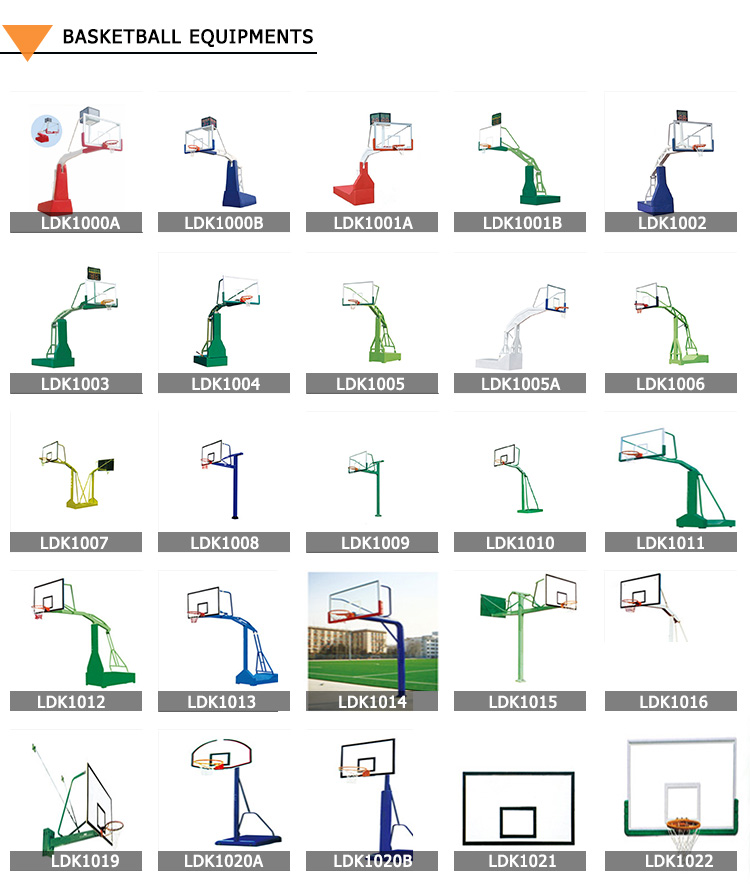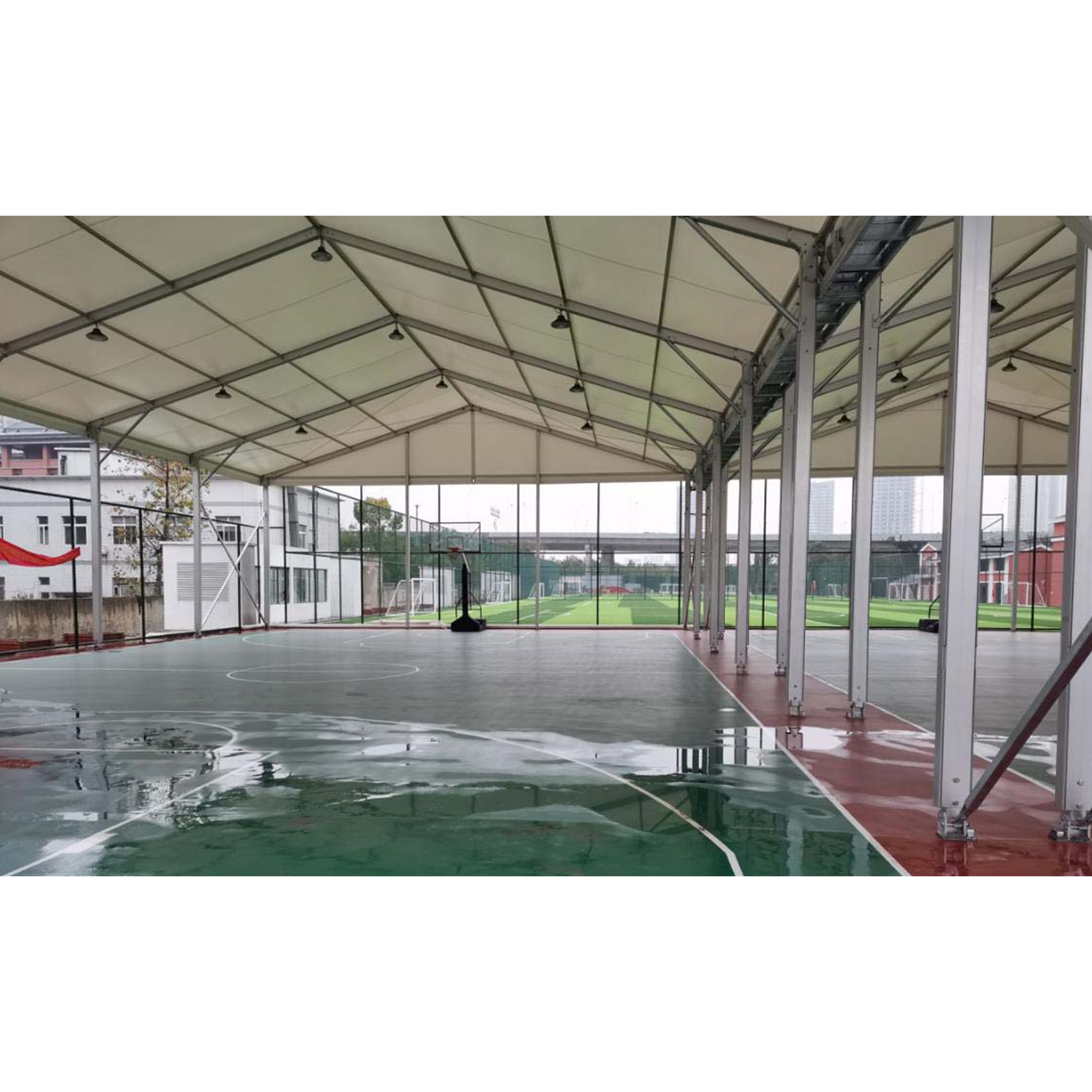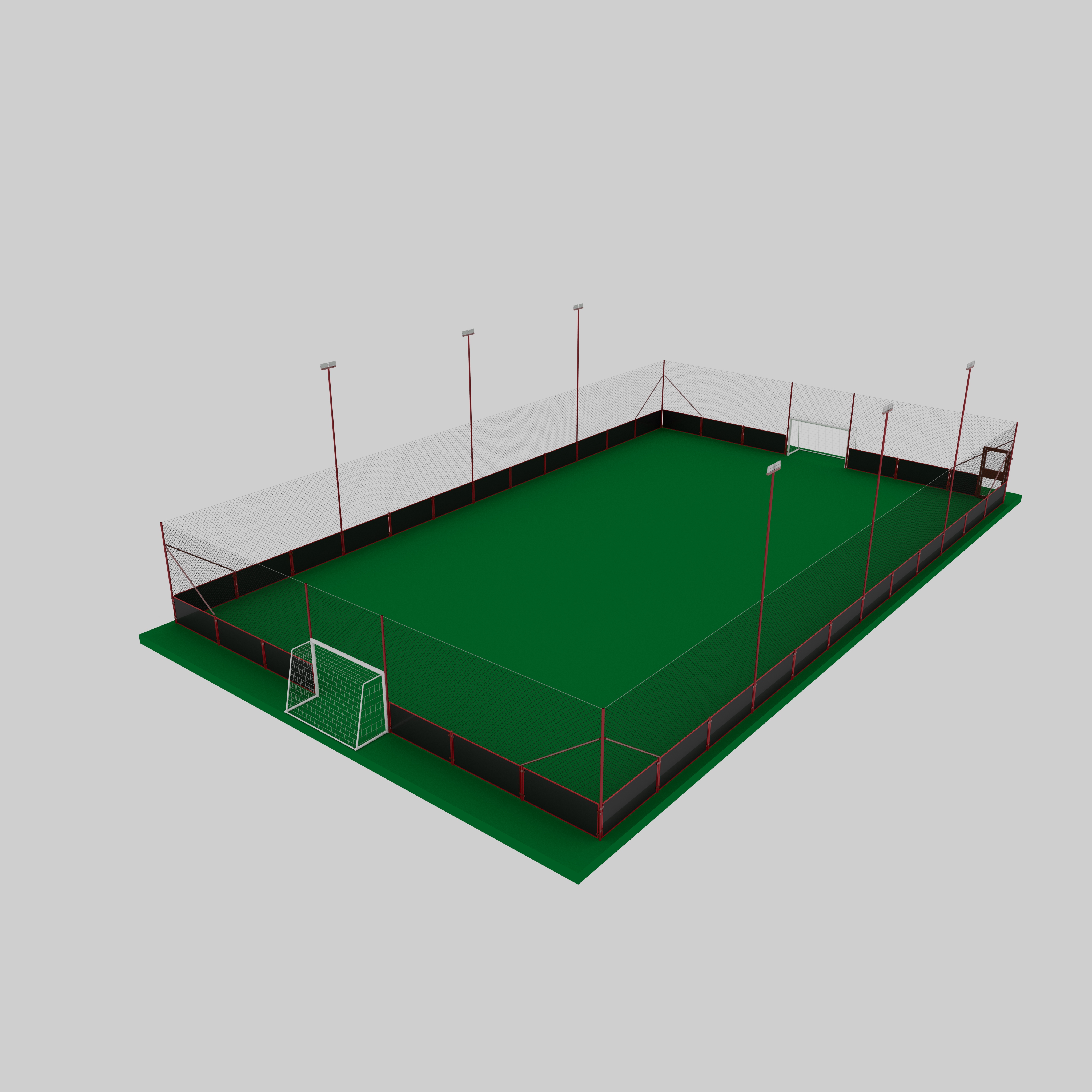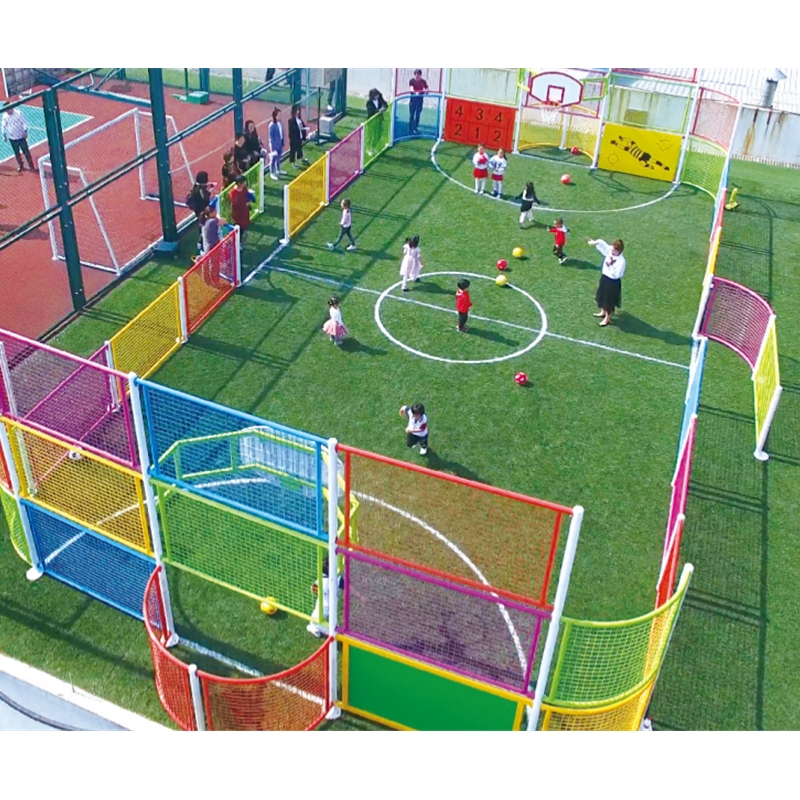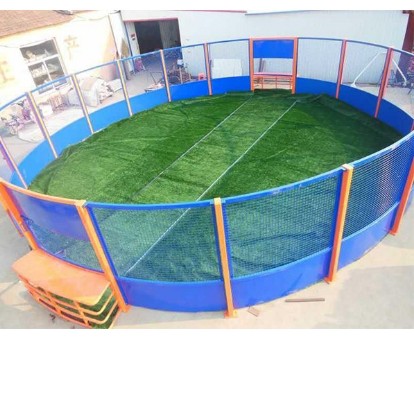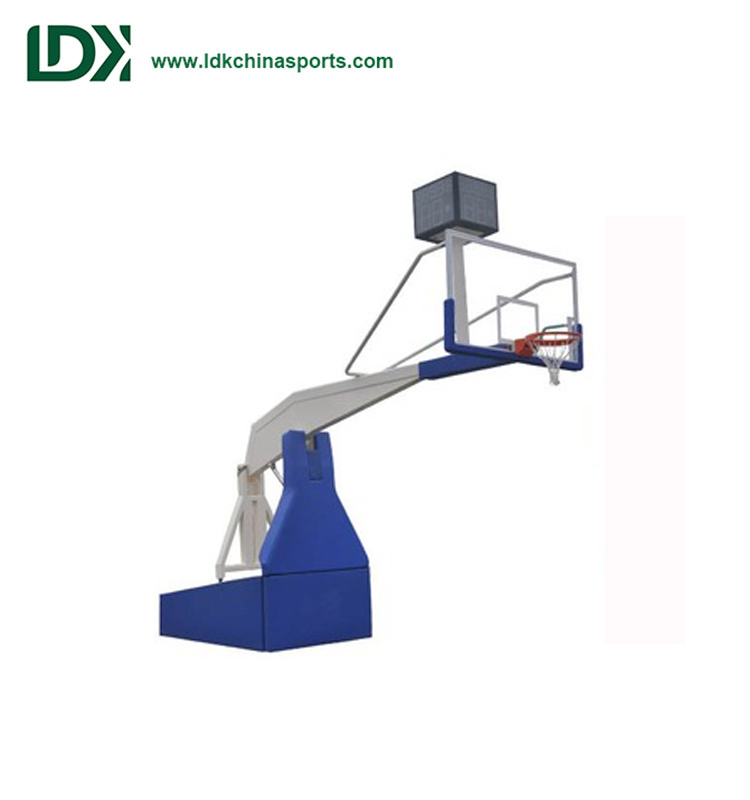Basketball should be the best one to pick up in the big ball, and it is also quite fun, so the mass base is relatively broad.
1. Firstly, practice dribbling because it is a necessary skill and secondly because it can help quickly find the touch. Start dribbling with one hand, opening your fingers to maximize the contact area between your palm and the ball. Keep the ball in contact with your hand for as long as possible. This is the foundation of many dribbling moves, including the palm contact time during the ball’s ascent and descent. Therefore, in order to extend this contact time, your arm and wrist need to perform a ball delivery action during the ball’s descent. When the ball reaches a point where it can no longer be delivered, this little trick must be paid attention to. This will greatly increase the stability of dribbling and accelerate the speed of dribbling. It is the basis for doing various dribbling and dribbling behind the back, so it is necessary to lay a good foundation. After becoming proficient with one hand, start practicing dribbling with both hands in front of the body. Here’s a tip: bend your knees and try to lower your body’s center of gravity.
After becoming proficient, start practicing dribbling with one hand while moving, gradually increasing the speed of the movement, while changing direction and hands to dribble. Pay attention to training dribbling with both hands at the same time to lay a solid foundation for future advancement. After mastering these basic movements, one can have a basic sense of the ball and practice shooting on an empty court. Watching videos to learn standard shooting postures is crucial, as standard movements are the foundation for accurate and far shots. Fortunately, shooting is more fun and practice is not dry. It’s best to find a tripod to record your shooting movements and repeatedly polish them according to the standard movements. This way, progress will be faster. Of course, if conditions permit, finding a coach to assist with practice and progress will be faster. After understanding the standard dribbling and shooting movements, it can be considered as an entry point and is set at level 0.
2. Continue practicing dribbling, as dribbling is not limited by the court and can be practiced on flat ground as long as there is a ball. You can also practice controlling the ball with your fingers and wrists indoors without hitting the ball. There are many specific methods available, and you can search online on your own. At this point, you can start practicing some practical dribbling movements, among which the most practical is changing direction dribbling. You need to practice changing direction in both left and right directions, not just one side.
While practicing changing direction, you can also practice pausing to pass people, which can be searched online. At this point, don’t practice fancy basketball unless you are motivated to play street basketball. Otherwise, those fancy games will be twice as effective for your training, and may even be useless in the early stages. Students who are determined to play street basketball don’t need to continue reading here. The most fancy move that needs to be practiced at this point is to praise dribbling, because this move is very practical. When you can stand still and praise dribbling with both hands 100 times, it is considered passing.
Start practicing and praising the 8-shaped dribbling, which can also achieve passing by dribbling 100 times. Start practicing cross stepping in place and reach a passing score of 50. Then start practicing dribbling with alternating left and right hands while moving, passing 100 consecutive passes. Continue practicing shooting, and during breaks, you can practice shooting with your left and right hooks under the basket. Being close to the basket is easier to practice, and you can make 10 consecutive passes. After learning how to hook under the basket, I started practicing the three-step low handed layup and was able to hit 5 consecutive layups to pass. At this point, you have basically mastered all the necessary basketball skills except for passing, and have been promoted to level 1.
3. Practice passing against the wall, pass with both hands in front of the chest, search online for specific movements, be able to pass at a distance of 5 meters and catch the bouncing ball with both hands in front of the chest 100 times to pass. At the same time, continue practicing shooting and gradually expand the shooting distance to one step outside the three second zone. Continue practicing the three-step basket until the movement becomes muscle memory. Start practicing the techniques of jumping down and quickly starting backwards, as well as quickly starting after pausing. Once these two moves are mastered, they are already sufficient for passing, and even the most commonly used passing methods in professional competitions are these two. At this point, do not waste time on work. When 10 shots from outside the three second zone can be made with 5 or more hits, the shot is considered passing. The three-step basket has a practical trick: the first step can be as large as possible, but the second step can be smaller. By adjusting the angle and posture in the second step, the shooting accuracy can be greatly improved. At this point, we have reached section 2.
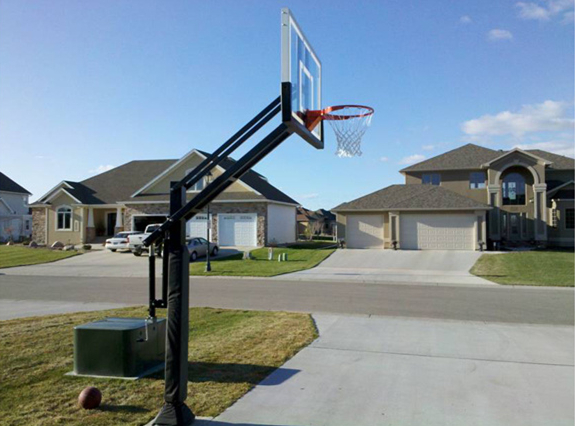
Outdoor Inground Basketball Stand
4. After mastering the basic dribbling and dribbling movements, mid-range shots, basket hooks, three-step baskets, and passing, you have acquired all the basic skills. Although each one is rough, you can practice them on the basketball court. Domestic baseball likes to play half court, but half court and full court can be considered as two different sports. The 3v3 space in half court is relatively large, which can provide more opportunities for one-on-one breakthroughs and close range attacks on the basket. Therefore, there is usually no need for excessive cross cutting or pick and roll coordination, especially when the level of playing baseball is generally not high, let alone any coordination.
So the main practice is to practice the fixed-point shooting technique under passing and defense. At this point, you will find that almost all the tricks you have practiced cannot be fully utilized after defense. Don’t be discouraged, this is a normal phenomenon, and you need to accumulate practical experience to gain experience. You will find that the most prominent issues are two, one is that it is difficult to pass the person, and the other is that it is difficult to pitch, so there are key goals for this stage. The problem of not passing the person is the speed of starting in one step, and the problem of difficult pitching is that the pace of preparation movements is too slow. Starting speed requires explosive power from the arch, calf, and thigh, while turning requires explosive power from the ankle. Targeted training can be conducted, and at this time, it is appropriate to start building up physical fitness.
But individual explosive power is not enough, we also need to practice the combination of man and ball. Here we can start with the three threats after receiving the ball, namely false passes, false pitches, and probing steps. Remember to hit the ball directly after receiving the ball, because holding the ball in place is the safest, and using false movements to get rid of it is also the biggest threat. Therefore, do not hit the ball easily, and if necessary, even do a few more false movements. When receiving the ball, pay attention to landing both feet on the ground. This way, you can choose to break through from either side of the opponent. The most common way is to shake in the opposite direction and then break through in a forward or cross step. The specific movements can be found online. This movement is relatively simple but extremely practical. Be sure to train it into muscle memory, which will achieve the effect of one move eating the sky. Even in the future, when it reaches level 5 or 6, it will still be your main breakthrough method.
Start practicing shooting, move the ball, pick up the ball and jump shot. The movements need to be done in one go. Standard movements can be learned online or guided by a coach. If training on your own, it is recommended to record and review videos, otherwise many technical details cannot be corrected. Finally, the complete set of movements including shaking the ball in the opposite direction, breaking through in a forward direction, dribbling, and picking up the jump shot form muscle memory. When a defender is defending, the shooting percentage reaches 30% and passes. At this point, it has reached 3 segments.
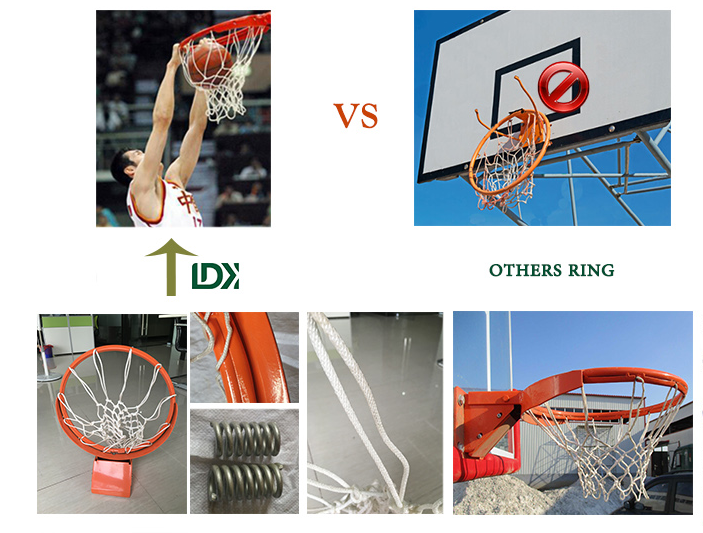
5. You will often encounter this situation where after starting to get rid of the opponent once, the opponent will widen the defensive distance to prevent the first step of explosive escape, and at this time, you are outside the shooting range, so you need to practice dribbling to get rid of it. Don’t go to watch streetball and other fancy games, go to professional games. It’s best to watch CBA to learn technical movements. NBA is only suitable for appreciation and not for beginners to learn. NBA players have strong abilities, so they often have various exciting breakthroughs and breakthroughs, which is a manifestation of overflowing abilities that amateur players cannot imitate. At this point, dribbling breakthrough begins with learning to pause and then start to break free. It is simple and practical, often used in professional competitions. For specific movements, please search for instructional videos.
Secondly, you can learn to change direction, but for beginners who are breaking through, this method is easy to break because usually you will use your habitual hand to change direction exactly to the opponent’s strong side, which is their habitual hand side. This is easy to break the ball, so you need to be cautious when changing direction. The most complex dribbling move that needs to be learned in this stage is to praise the directional change. Due to the calf blocking the defender’s arm, this directional change is less likely to be intercepted. While learning and practicing dribbling, it is also important to learn defense at the same time. The defense that gives you a headache when dribbling is also the defense you need to learn. Defense tests the player more because it requires predicting the opponent’s movements.
It is necessary to quickly understand the strengths and weaknesses of the opponent and adopt targeted defensive strategies, such as starting quickly, defending further away, and shooting accurately, shooting closer. Of course, if you start quickly and shoot accurately, there is no other way, so this is also the direction you practice attacking. The ball dealer also includes an interpretation of the situation on the field, including which points are strong and which points are weak, who is suitable for a frontal breakthrough, who is suitable for a back run, and so on. When you can proficiently use the receiving feint to initiate the escape, pause the dribbling and then initiate the escape, your level rises another layer and reaches level 4. This level is already a small expert on the field, as most students are still at the level of level 2 or 3. Breaking through the third stage and reaching the fourth stage at the same time also requires a certain amount of investment. It is not just about investing time in hard training, but more importantly, investing time in thinking, thinking about technical details for repeated improvement, thinking about better training methods, and thinking about opponents and matches.
6. The biggest bottleneck for breaking through the fourth paragraph is no longer technology, but physical fitness. Basketball is a highly competitive sport that requires a high level of physical fitness. For example, a relatively weak player, no matter how good their skills are, may easily throw the ball or at least fail to perform the necessary technical movements as long as they are closely guarded by a physically strong defender. So, the most cost-effective way to break through the four levels is to train physical fitness, so that absolute strength, explosive power, and endurance can have sufficient reserves to cope with high-intensity confrontations and high-capacity training. After reaching the 4th stage, you will gradually lose interest in the field because the basic mode is 1v1, with the other 4 or 6 people standing and watching, then grabbing rebounds and repeating. There is almost no tactical coordination, so you lose a lot of fun.
This is mainly due to the limited availability of domestic venues and the predominance of 3v3 at halftime. So, in order to pursue a higher level of basketball enjoyment, you need to find a club, cooperate with regular teammates, and play some full court games under the guidance of a coach. At the beginning, you may find it difficult to adapt to the rhythm because the half court transition only requires a three-point line, while the full court transition requires a large range of mobilization. In addition, as mentioned earlier, in the entire game, the defensive position is equivalent to 5v5 in half, and the activity space is compressed very little. You will find that you have no possibility of breaking through, especially when facing joint defense. You will feel that you are always trapped by two defensive players, and you need to be extra careful when passing the ball, let alone breaking through. Even if you can jump under the basket, the opponent still has a center or power forward in the frame, and the shooting space is very small. Don’t watch the NBA often having various dunks or fancy layups that break through the penalty area. There are only a few dozen people in the world who can do this, and they are not suitable for you to learn from. In order to find your own position in the game, the most important thing you need to practice is mid-range shooting. One step or three-point shot within the three-point line is the main attacking point of the game. At this time, your dribbling is only to ensure that you don’t miss the ball when there is no opportunity to pass or make mid-range shots.
When you have an unguarded shooting percentage of over 50% within the three-point line of the game and a shooting percentage of 30% after high-intensity confrontation, your shooting has basically graduated. At this point, your position is usually fixed, and if you’re not a point guard, your dribbling and three basket abilities are usually only useful in quick counterattacks. If you join the club, you will start to be exposed to some basic tactics, including both offensive and defensive ends. The most basic form of attack is single block cover, coordination of pick and roll, various uses of one’s own single block to cut and run, etc. After learning tactics, you will find that playing on the field is not basketball.
After adapting to the rhythm of the entire game and contributing around 10 points per game, you have already been promoted to the 5th level. At this moment, when you occasionally go to the field for entertainment, you only need two moves to dominate the whole game. In summary, it is a long-range shot with a sudden breakthrough, and after breaking through, it is also a sudden stop jump shot. After getting used to the whole game, you will find that in the first half, it’s like no one is defending, you can play whatever you want. Of course, at this point, you have become accustomed to the most economical scoring method, which is various mid-range shots. Under the defensive pressure of the field, you can even achieve an 80% shooting percentage.
7. To reach the 6th position, one must have a special skill, and there is a clear differentiation between different positions. According to the division of responsibilities, it is the ball control of the 1st position, because the core job of the 1st position is to pass the ball through the first half, without breaking through, but to ensure that the ball is not lost, it is also necessary to find an empty space to shoot, but this job is of secondary importance; He doesn’t even need to hold the ball for running and pitching in position 2; Position 3 is the only position that needs to be broken through, and it is the position with the highest ability requirement in amateur competitions; Position 4 is a blue collar player who covers, blocks, rebounds, and doesn’t even need to score; Position 5 is the center of attack and defense at both ends, the hub for transferring the ball, and also the core for attacking and protecting the basket. In amateur games, having a strong center will make it much easier for the team to play. 6-dan is already considered a mainstay in amateur teams, and can also become a mainstay in some weak school teams. Any 6-dan position, even as a power forward, can dominate the field.
8. The 7th level is the bottleneck for amateur players and the lower limit for professional players. For amateur enthusiasts, to reach this level, they need to do systematic training full-time, and also require certain physical conditions, such as a height of at least 190cm to have the possibility of developing into this level. Therefore, the cost-effectiveness of competing for this level is very low for amateur enthusiasts.
Basketball has developed much better in China than football and should be the best big ball in the country. There are two main reasons for this. Firstly, basketball is relatively beginner friendly and easy to pick up; Secondly, the venue resources are relatively abundant. But it also faces some problems, such as the lack of amateur club mechanisms, and the majority of enthusiasts are always hovering at a low level on the field, unable to appreciate the higher-level charm of sports. In fact, all sports start with technology, and the ultimate fusion of skills and tactics brings people artistic beauty. Only by becoming a high-level enthusiast can we obtain this ultimate experience. Therefore, we should strive to improve ourselves, so that whether watching or playing games, we can have a richer experience of beauty in the future.
Publisher:
Post time: Jul-12-2024


